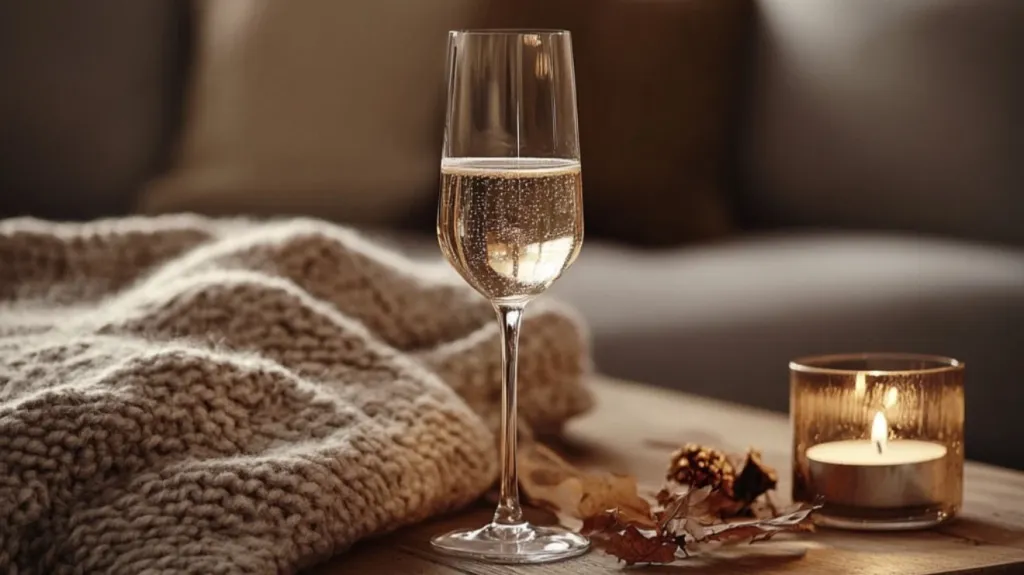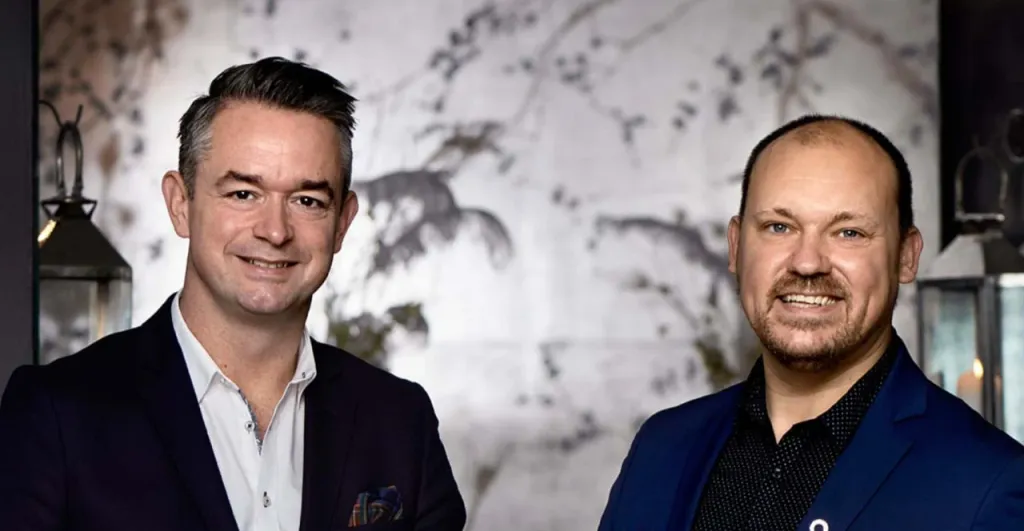Bubbles without wine: how two Danish businessmen turned a tea party into a celebration

A couple of weeks ago, while leafing through the menu at a haute cuisine restaurant, I came across a very unusual name: Copenhagen Sparkling Tea. What the hell is that? Sparkling tea? My imagination instantly transported me back to my childhood, when my neighbor's mother grew a monster called "tea mushroom" on the windowsill in a glass jar.
However, the beautiful and stylish label of the Copenhagen soda tea looked much more appealing, so I decided to give it a try.
The first glass was a revelation: complex taste, subtle aroma and those very bubbles associated with a holiday, but without alcohol. I loved it and decided to write to its creator.
That's how I met Jacob Kosemba, the man who actually invented a new category of beverage.
When I asked him how it all started, he began by telling me about his years as a sommelier in fine dining restaurants. Kosemba devoted almost 20 years to the restaurant business, working his way up from manager to wine director in well-known restaurants. The decisive moment came in 2010, when he worked in the restaurant at the Herman Hotel, which is on the list of Small Luxury Hotels of the World.
"We served dessert with tiny wild French strawberries. I went through all the wines from our cellar (there were about 1,700 of them), but none of them matched. I went to the pastry chef, tasted his dessert, and it hit me: what if we made a tea-based drink?" he recalls. - he recalls.
And so the first experience was born: a dessert drink made from tea with a slight carbonation. It was not yet sparkling tea in its current form, but the guests' reaction exceeded expectations. "I always asked the guests to be honest," he says. - And surprisingly: many came up after dinner and said it was the drink they remembered most."
At first it remained an experiment for the restaurant. But in 2011 Kosemba made the first small batch - 8-10 thousand bottles.
The production went along with working in the restaurant business, but more and more people were ordering the drink for themselves. In 2017, he founded Copenhagen Sparkling Tea Company, his partner in the company was Bo Sten Hansen, a man with many years of experience in business development. On Ma 26 of the same year, the first bottle of sparkling tea was sold in Copenhagen.

Jacob takes a "wine" approach to creating his drinks: "I brew different varieties at different temperatures and times and then blend them. This is how a winemaker creates a blend of grapes. White tea softens the water, green tea gives a base and freshness, black tea adds tannins and strength, and aromatic varieties like jasmine add complexity."
One bottle can contain up to 13 varieties of tea. The drink is then saturated with carbon dioxide in several stages to achieve a pressure of up to five bar, almost like champagne.
I asked him about the balance of flavors - after all, it's not easy to combine so many varieties. "Every time I think of three stages - first impression, main body and aftertaste," he replied. - This is what we sommeliers always analyze in wine. It's the same principle that guides me here."
He confessed that he himself likes to taste drinks after years: "I especially like sparkling teas that are more than five years old. They acquire honey and nutty tones, the color becomes deeper - everything like a good aged wine.
Interestingly, today about 90% of the company's production is made up of completely non-alcoholic versions. There is also a line with a low alcohol content (about 5%), but still it is the "zero" versions that have become the basis of success.
"I started when the world valued alcoholicity as an indicator of quality," Kosemba says. - But I was sure: there would come a point when people would want lighter, healthier, everyday drinks. Something you can drink on a Tuesday night after work without losing mental clarity."
This forecast has proven to be correct. IWSR predicts that the total soft and low-alcohol beverage market will grow at 4% annually through 2028 in 10 key countries - Australia, Brazil, Canada, France, Germany, Japan, Spain, South Africa, the UK and the US. Meanwhile, the non-alcoholic beverage market will show an annual growth rate of 7% during the same period, it could increase by more than $4 billion.
Copenhagen Sparkling Tea is already served in over 100 Michelin restaurants and sold in over 50 countries including the US, UK, Germany, Italy, Singapore and China.
Interestingly, it is gaining popularity particularly quickly in Italy, a country with the deepest wine tradition. "This was possible because of changes in the law: there are fewer licenses to sell alcohol, and restaurants had to look for alternatives," Kosemba explains.
Critics and sommeliers are delighted. Renowned wine journalist and holder of the prestigious Master of Wine title Julia Harding wrote: "These astonishingly good sparkling teas are among the best non-alcoholic or low-alcoholic beverages, including wines, I have ever tasted."
Jacob Kosemba calls sparkling tea a universal product: "It goes perfectly with Asian cuisine, sushi, Thai dishes, and opens up perfectly with seafood and desserts. And it also works well in the afternoon tea format, when bubble tea is served instead of champagne - a double symbol of the famous English tradition.
It turns out that this drink is suitable for both weekdays when you want a glass at dinner and for the holidays because there is a corkage, a nice pop and beautiful bubbles.
Today, Sparkling Tea is also actively used by bartenders, creating low-alcohol cocktails based on it. Kosemba notes that this area is still developing, but the potential is enormous: "I love the fact that bartenders are discovering new combinations and we are giving them a new and interesting ingredient to create.
In the beginning, many people were skeptical about the idea of sparkling tea. But, as my interlocutor notes, "the unusualness of the idea made them try it, and the quality convinced them to stay".
Today, the company has six main flavors, as well as formats - magnums and small 0.375 ml bottles. The company plans to produce quiet tea drinks that can compete with white wine.
To me personally, Copenhagen Sparkling Tea seemed not just an alternative to wine, but a new and very interesting category of beverage. It retains the solemnity and gastronomy of wine, but offers the purity and lightness of tea. And, crucially, it was created as an original product, not as a "substitute". Perhaps that is why it is so convincing.
This article was AI-translated and verified by a human editor
